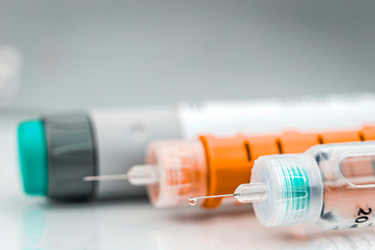Understanding GxP Compliance In Drug And Medical Device Development Lifecycle

In the intricate world of pharmaceuticals and medical devices, every pill, injection, and implant carries the weight of potentially life-altering consequences. To ensure that safety, efficacy, and quality are never compromised, the industry relies on a robust set of regulations collectively known as GxP. This term encompasses a range of regulatory standards, including Good Manufacturing Practice (GMP), Good Laboratory Practice (GLP), and Good Clinical Practice (GCP), each governing critical aspects of product development, testing, manufacturing, and distribution.
Far from mere bureaucratic formalities, GxP regulations are the backbone of the life sciences industry, ensuring that every product meets stringent safety and quality standards. Compliance with these regulations is essential for maintaining trust among manufacturers, regulatory bodies, and patients alike. By adhering to GxP standards, companies fulfill their ethical and legal responsibilities, ensuring that products are safe for public use and minimizing the risk of harm.
In this post, we delve into the nuances of GxP compliance, exploring why these standards are vital for safeguarding public health and upholding the integrity of products throughout the entire lifecycle.
Get unlimited access to:
Enter your credentials below to log in. Not yet a member of Cell & Gene? Subscribe today.
